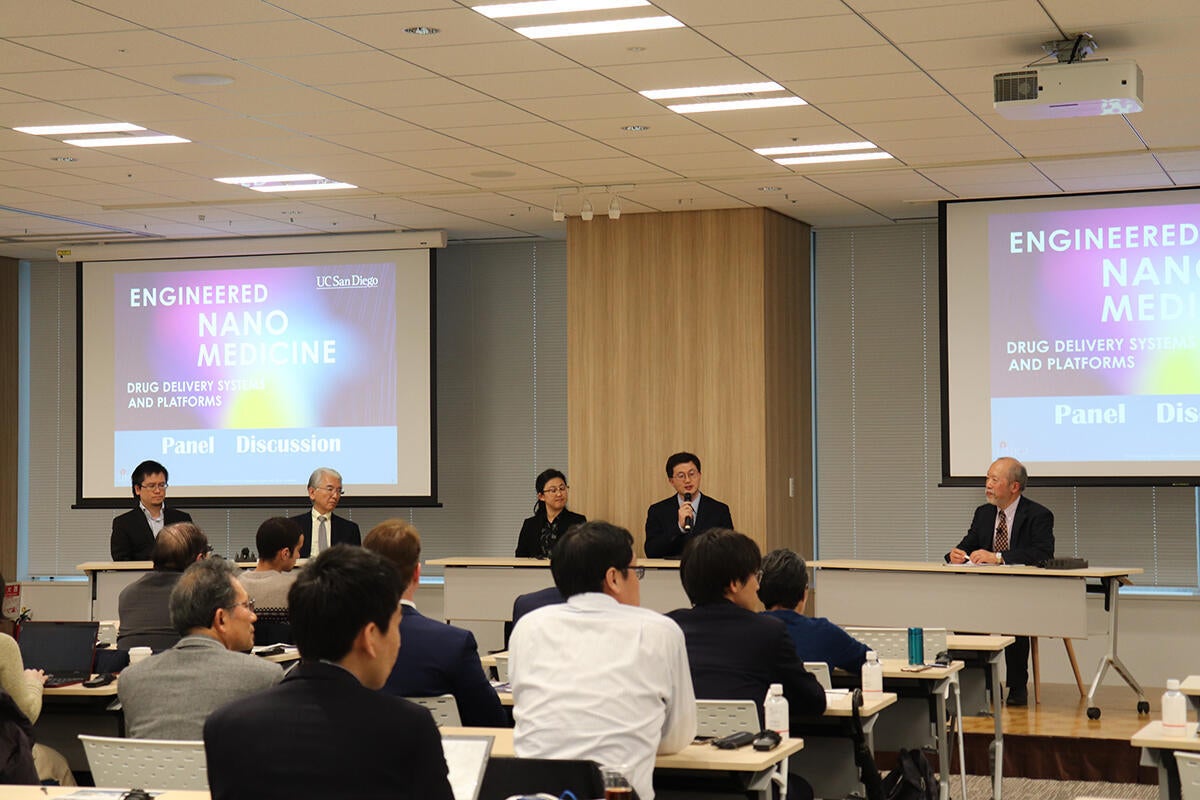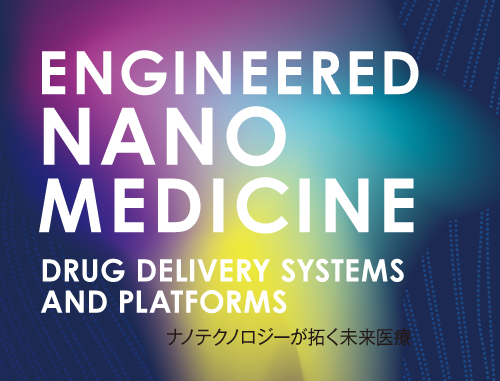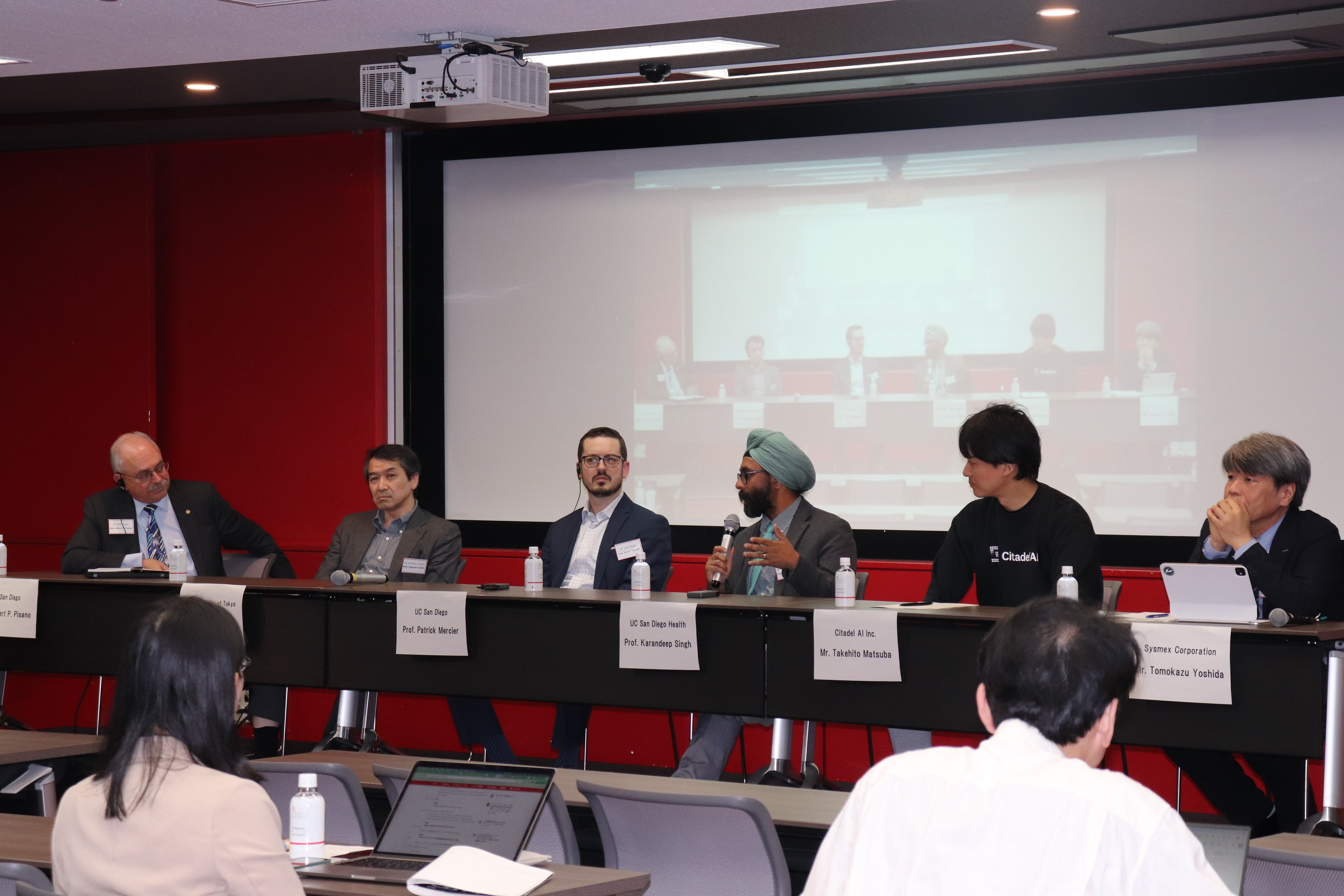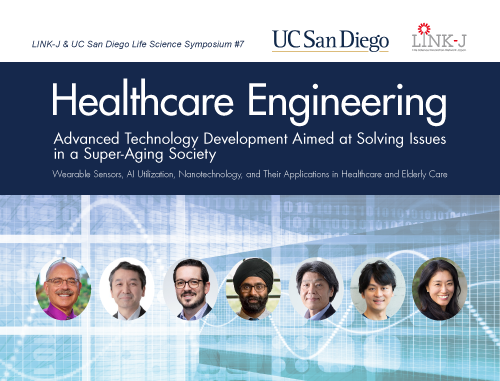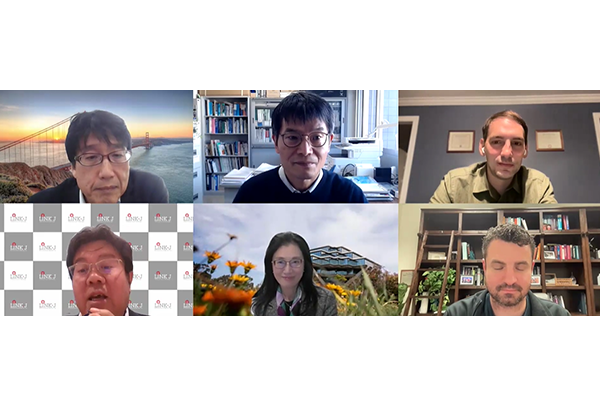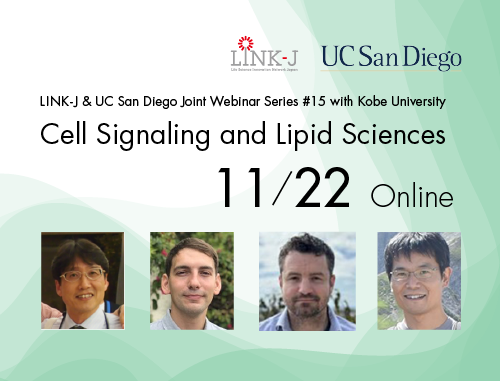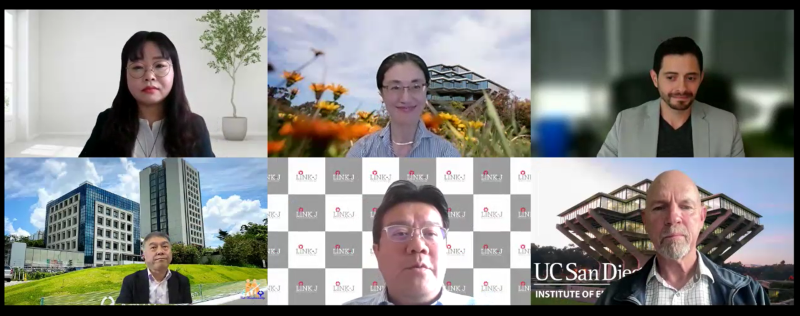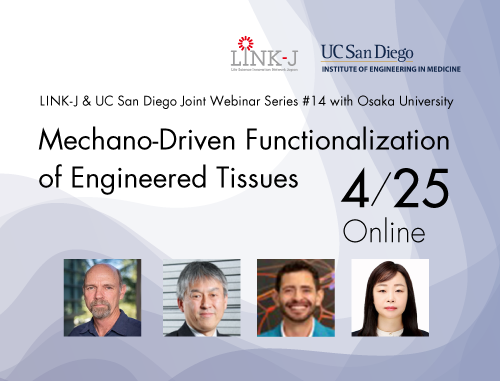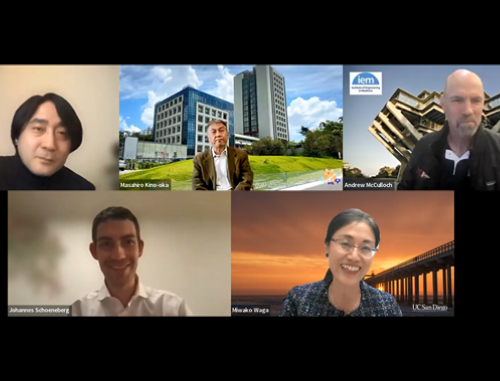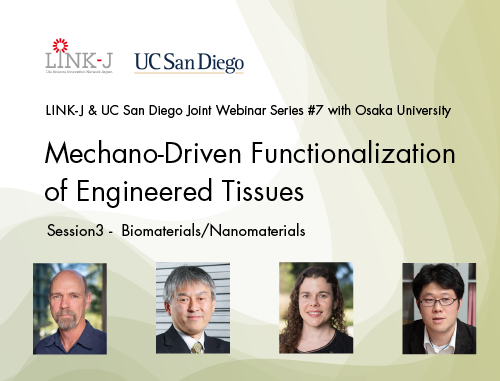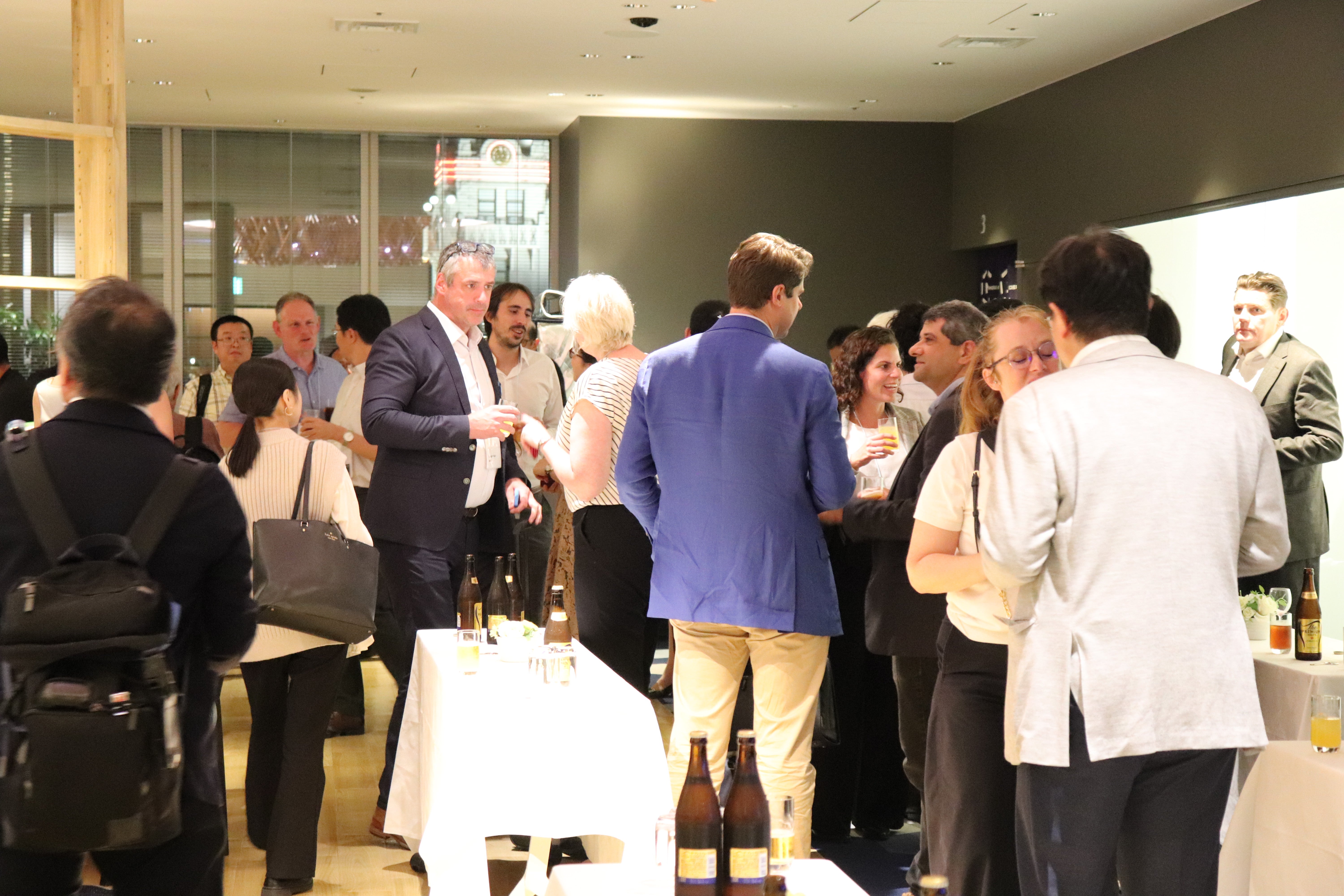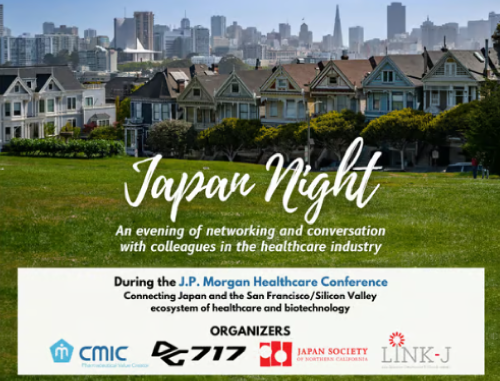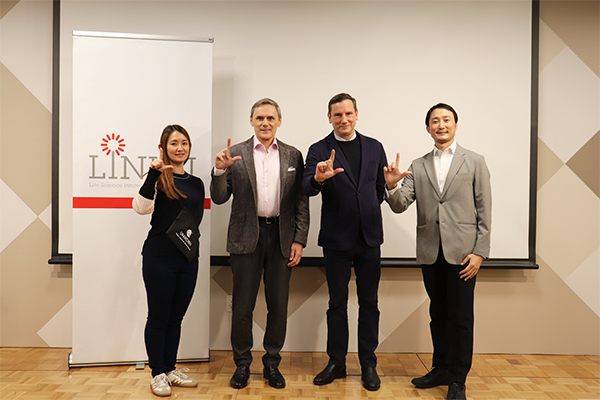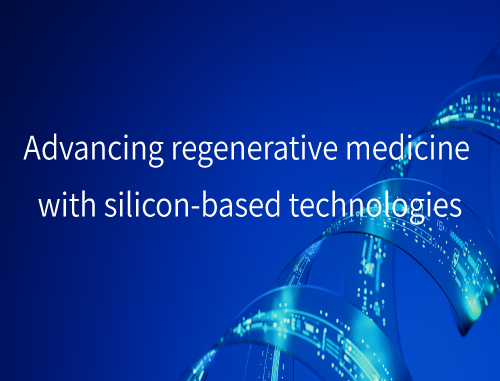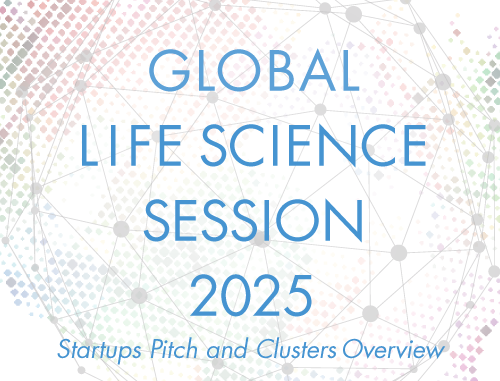LINK-J & UC San Diego Joint Webinar Series #7 with Osaka University "Mechano-Driven Functionalization of Engineered Tissues" Session 3 Biomaterials/Nanomaterials was held on May 21, 2021. (Host: LINK-J, Co-Host: University of California San Diego [UC San Diego])
For the seventh in the Joint Webinar Series, LINK-J and UC San Diego were pleased to offer a joint webinar, in cooperation with the Osaka University Global Center for Medical Engineering and Informatics (MEI Center), at which Professor Karen L. Christman from UC San Diego and Professor Shinji Sakai from Osaka University presented recent work in "Biomaterials/Nanomaterials."
Professors Andrew McCulloch (Distinguished Professor of Bioengineering and Medicine; Director, Institute of Engineering in Medicine, UC San Diego) and Masahiro Kino-oka (Deputy Director, Global Center for Medical Engineering and Informatics; Professor, Department of Biotechnology, Graduate School of Engineering, Osaka University) moderated a discussion.
UC San Diego and Osaka University have a long history of collaborations in education and research. In recent years, they have strived to expand their areas of collaboration to include bioengineering, bioinformatics, tissue engineering, and regenerative medicine.
The recording of the webinar is available from the link below.
https://www.youtube.com/c/LINKJ
Please note that the webinar might be deleted from the archive in the future. We encourage you to subscribe to LINK-J's YouTube channel to view great content.


At the beginning of the webinar, Akihiko Soyama (President and CEO, Director, LINK-J), Ms. Miwako Waga (Director of International Outreach, UC San Diego), Professor Andrew McCulloch, and Professor Masahiro Kino-oka gave the opening remarks.

"Injectable Biomaterials for Translational Regenerative Engineering & Drug Delivery"
Dr. Karen L. Christman (Professor of Bioengineering & Associate Dean for Faculty, Jacobs School of Engineering, UC San Diego)
Unlike common approaches, Dr. Christman's laboratory addresses themes such as regenerative engineering and regenerative medicine through engineering approaches.
She explained how biomaterials can play a big role in tissue repair as well as drug delivery. Examples included minimally invasive injectables used to treat myocardial infarction. These treatment approaches are different from traditional ones. Phase I trial is completed, and the following trials are being considered. Good results in hearts raise expectations for the potential application of similar biomaterials to other organs.
She concluded the lecture by explaining the characteristics of the technologies again.
- They have their extracellular matrix hydrogels that they can deliver the tissues via direct injection or catheter-based, needle-based injections.
- They have their new infusible Extracellular Matrix (ECM) that enables intravascular infusion that they think of it more as treating healing tissues from the inside out.
- Their nanoparticle technology allows for the intravenous delivery of drugs more targeted to the heart.
"Tissue engineering based on enzymatic crosslinking and degradation"
Dr. Shinji Sakai (Professor, Division of Chemical Engineering, Graduate School of Engineering Science, Osaka University)
He introduced his recent studies from the below-mentioned views.
Enzymes which function under mild condition for mammalian are attractive tools in tissue engineering. The substrate specificity and mild reaction condition enable them to manufacture and modify the environment around cells without causing adverse effects. His laboratory's main studies are developments of hydrogels gellable through enzymatic cross-linking and degradable using enzymes, and applications of the hydrogels to tissue engineering. Especially, they focus on the use of horseradish peroxidase for hydrogelation and the use of natural polymers. In addition, they are developing 3D bioprinting techniques suitable for the enzymatic hydrogelation. Apart from these works, they are developing genome-editing technologies using biocompatible polymers.
To learn more details, please watch the video recording.
This webinar included time for Q&A and panel discussion, which led to interesting interactions with the audience.
Thank you very much for your active participation in the joint webinars. We plan to offer similar sessions in the future. Stay tuned!




